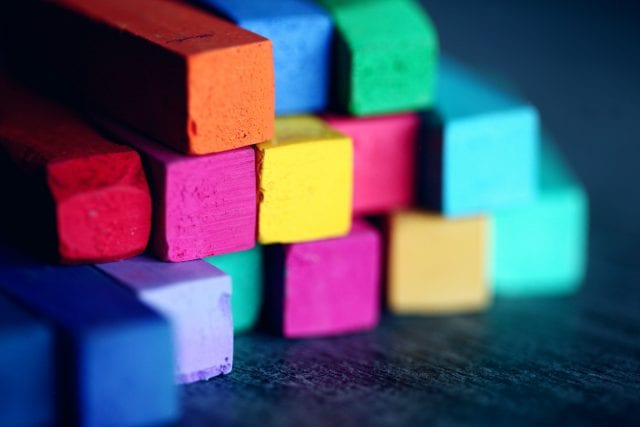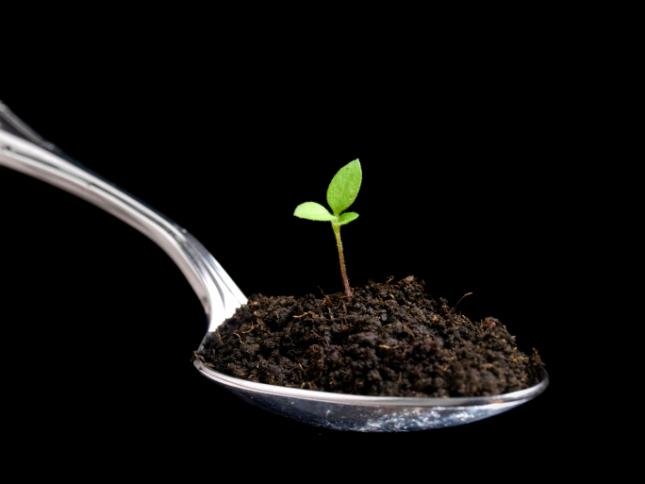
Pica Disorder: What is is? Discover everything about this eating disorder
Pica disorder also called “pica” is not well known but has serious health implications. It is a type of eating disorder in which there is an irresistible desire to eat or lick non-nutritive substances such as toothpaste, cigarette butts, detergent, mud, hair, plaster, chalk, condoms, paper, things that have no food value. It is a strange food illness in which the person is affected physically, mentally and even culturally. We explain more about this curious and unknown eating disorder that affects not only children but also adults.

What is Pica Disorder?
Pica Disorder is characterized by the urgent desire to eat non-nutritive substances without nutritional value in a compulsive way.
Usually, if we think about this disorder we associate it with children. There is a stage in the development of the child whose curiosity leads him to put objects in his mouth. However, when it occurs in children who are older than 5 years old, the alarms should set off.
When we talk about adults with Pica disorder they often have intellectual disabilities. This disorder is also associated with people who have some kind of nutritional deficiency, such as a lack of iron, and pregnant women or individuals with other mental illnesses such as schizophrenia, anxious patients or as a way to attract attention.
It is closely related to obsessive-compulsive disorder since individuals suffering from OCD as well as those suffering from pica disorder are often aware of their behavior but can’t stop even though it is unhealthy and unreasonable.
History of Pica Disorder
The term “pica” comes from the Latin word that means “magpie”. The magpie does not show a preference for food or non-food substances.
In some modern cultures, the pica behavior happens in a ritualistic way. In the nineteenth century in the southern United States, this behavior was common among slaves and this practice is still accepted in some cultures. It has been part of religious ceremonies, magical beliefs, and healing attempts. In many cultures, the clay ingestion is used for its medicinal properties.
Risk Factors in Pica Disorder
It is not known exactly what are the causes of this alteration, but there are a series of risk factors that make it more likely to suffer from this disorder:
- Stressful and Chaotic Family Environments
- Having addictive behaviors or an addiction
- Lack of a social support
- Parental negligence
- Mother-child separation
- Epilepsy
- Brain damage
- Culture: In African countries, pica is more common among women and children. In a study conducted in Nigeria, the incidence of pica in adolescents and boys was between 25% and 46%.
Hypothesis on Pica Disorder
The causes of this eating disorder are unknown. To explain pica disorder experts have proposed some hypotheses that include cultural factors, low socioeconomic status, psychological disorders and other diseases.
1. Nutritional Facts
Nutrition deficiencies are the most common theories to explain why Pica Disorder appears. Lack of minerals such as iron and zinc are common. Although malnutrition is often diagnosed at the same time as pica, a link has not been established.
2. Sensory and physiological
These theories are based on the opinions of patients who claim to enjoy the taste, texture or odor of the substance they are ingesting. It has been discovered that people with this disorder have a reduced activity of their dopaminergic system in the brain. Low or abnormal levels of dopamine may be related to this disorder.
3. Neuropsychiatric
There is evidence that certain brain lesions are associated with abnormal feeding behaviors.
4. Psychosocial
As previously stated one of the risk factors for the development of this eating disorder is the existence of a pattern of behavior similar to anxiety disorders. In this disorder eating non-food substances relieves the stress they feel.
Symptoms and Complications of Pica Disorder
Pica disorder symptoms may vary according to the non-food substance ingested. Often individuals with pica disorder suffer from the same symptoms as anorexia such as mineral deficiency, unhealthy nails, hair and weight loss. Symptoms due to ingestion of non-food substances are as follows:
- Sand/soil consumption produces gastric pain symptoms and occasional bleeding.
- Biting ice causes teeth decay.
- Clay ingestion leads to constipation.
- Swallowing metal objects causes intestinal perforation.
- Eating fecal material causes infectious diseases.
- Lead intake causes kidney damage and mental retardation.
The complications associated with pica can be divided into five groups:
- Inherent toxicity.
- Obstruction.
- Excessive calorie intake.
- Nutritional deprivation.
- Others (parasites and teeth damage).
The clinical consequences of pica disorder may have wide and very serious implications. Lead poisoning in children can lead to serious impairment of intellectual and physical development. Individuals with pica disorder also have a higher risk of developing very serious health problems such as abdominal pain, intestinal and colon obstruction.
The most extraordinary and serious case is the Rapunzel Syndrome (a mass of hair anchored in the stomach) has been observed in children, in people with mental retardation, people with malnutrition and halitosis.
Pica Disorder Diagnosis
For this disorder to be diagnosed by an expert the person has to meet a number of requirements that are included in the DSM-5 (diagnostic manual developed by the American Psychiatric Association). The criteria for diagnosing Pica Disorder are:
- Persistent eating of non-nutritive, nonfood substances for a period of at least one month.
- The eating of nonnutritive, nonfood substances is inappropriate to the developmental level of the individual.
- The eating behavior is not part of a culturally supported or socially normative practice.
- If occurring with another mental disorder, or during a medical condition, it is severe enough to warrant independent clinical attention.

It can be difficult to recognize a person who is suffering from this disorder because sometimes they feel embarrassed to tell you what is going on. It is necessary for the doctor to ask directly about eating habits and pica disorder behaviors.
If you believe or suspect that your child is suffering from this disorder, contact your doctor immediately.
Treatment for Pica Disorder
There is no standard treatment. A multi-professional team of experts should take into account biological, psychological and social factors. Behavior modification has shown some effectiveness in some cases and in short follow-up. As a type of eating disorder, clinical intervention is focused on cognitive-behavioral therapy and family therapy.
- Behavioral interventions have proven effective in treating children with a developmental disorder. Re-education therapies are conducted for parents to see how they supervise their children while playing and to guide certain behaviors in the home such as avoiding any type of toy that can be toxic, avoid play dough, lead-based paints or if they have pets at home pick up the feces so the little one can’t access them. Although the sporadic appearance of symptoms in young children may be normal, when it persists in time, appropriate measures must be taken.
- Cognitive-behavioral therapy is very effective and is applied in people with intellectual disabilities, behavioral problems, individuals with autism and other disorders. This type of therapy teaches new behaviors through the reinforcement of positive behaviors and the punishment of unwanted behaviors.

If it is due to a nutritional deficiency due to a lack of minerals, a blood test will be carried out, and transfusion therapy will restore its levels back to normal as well as a cognitive-behavioral intervention will be performed with follow-up sessions.
Few studies have attempted to examine the efficacy of pharmaceutical treatments, so psychopharmacology experts believe there is no specific drug to treat pica. Doctors don’t have any particular medicine but do advise opting for serotonin inhibitors.
This article is originally written in Spanish by Noemí Vega Ruiz, translated by Alejandra Salazar.














